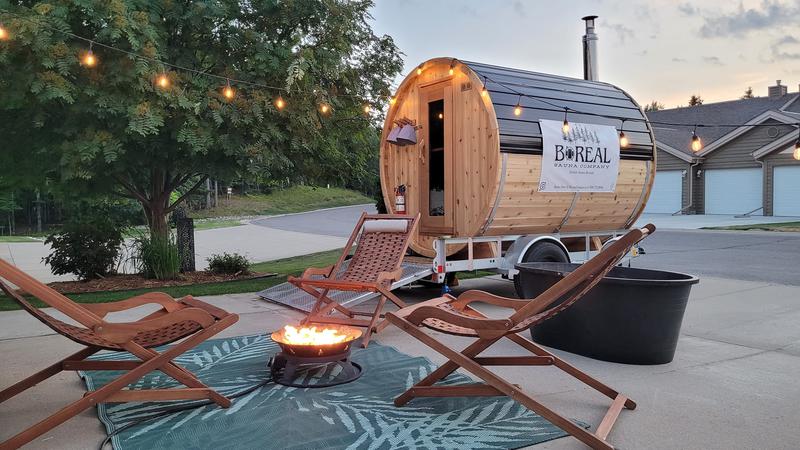
Year in Review: 751 unmarked graves found on Cowessess First Nation
As 2021 draws to a close, paNOW is looking back on the most important and impactful stories of the year, as selected by our reporters and editorial staff.
In June the Cowessess First Nation announced searchers had discovered 751 unmarked graves on the site of former Marieval Indian Residential School.
Cowessess Chief Cadmus Delorme made the announcement during a media conference on June 24.
“We cannot affirm that they are all children, but there are oral stories that there are adults in this gravesite as well because it was the Roman Catholic church that oversaw this gravesite,” Delorme said. “Some may have gone to the church and from our local towns and they could have been buried here as well.”






